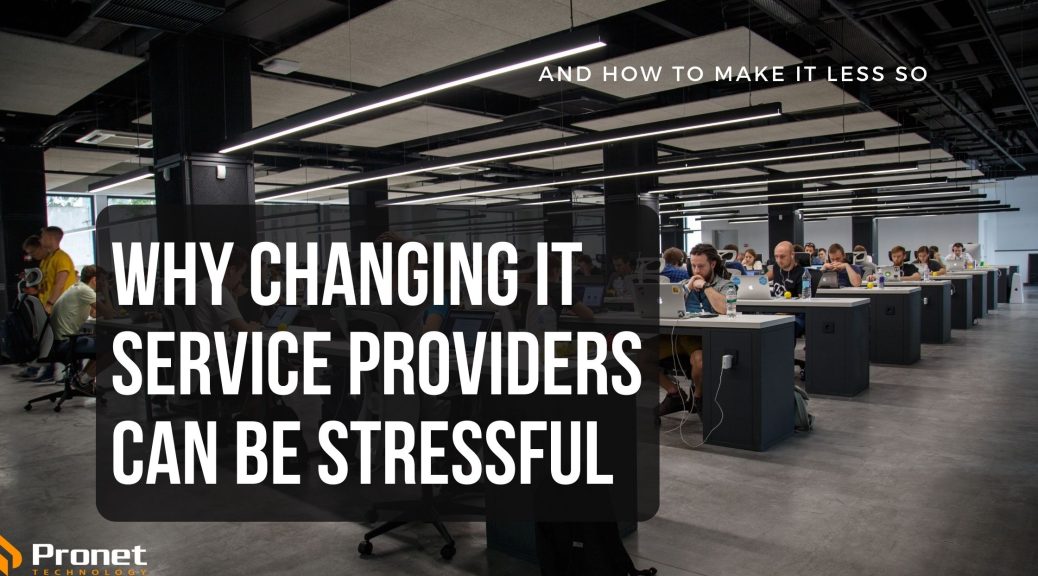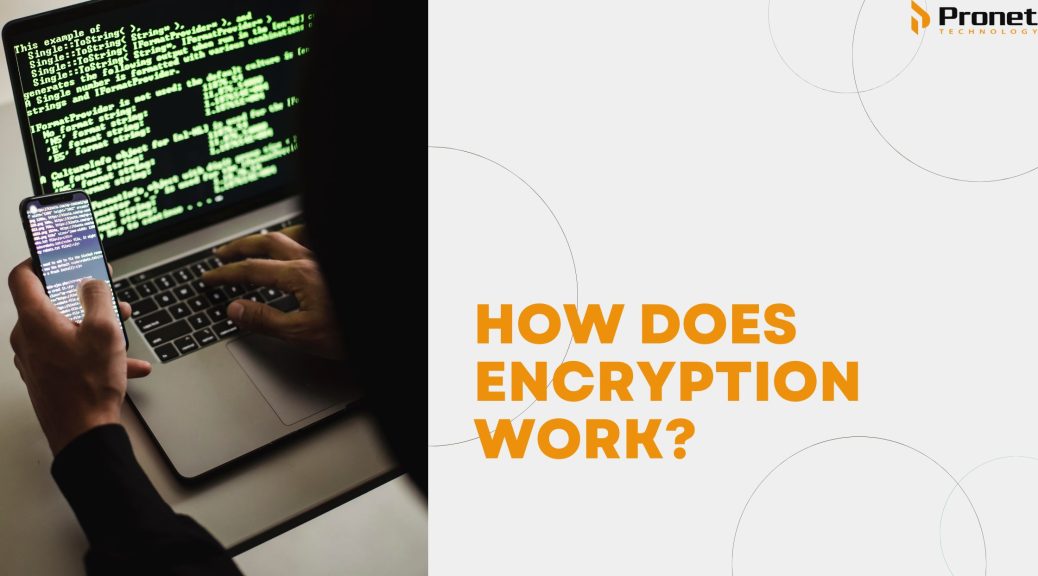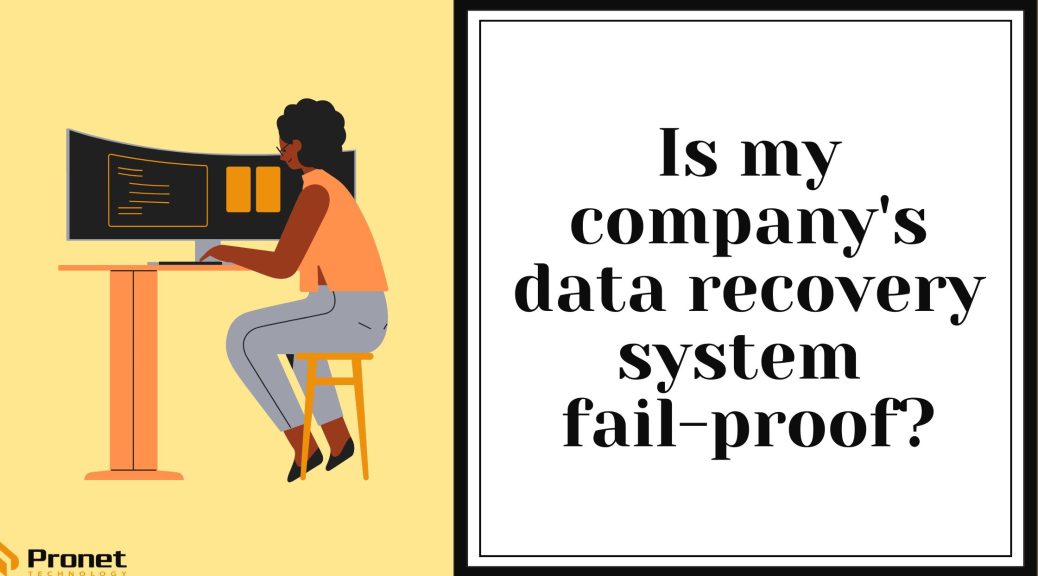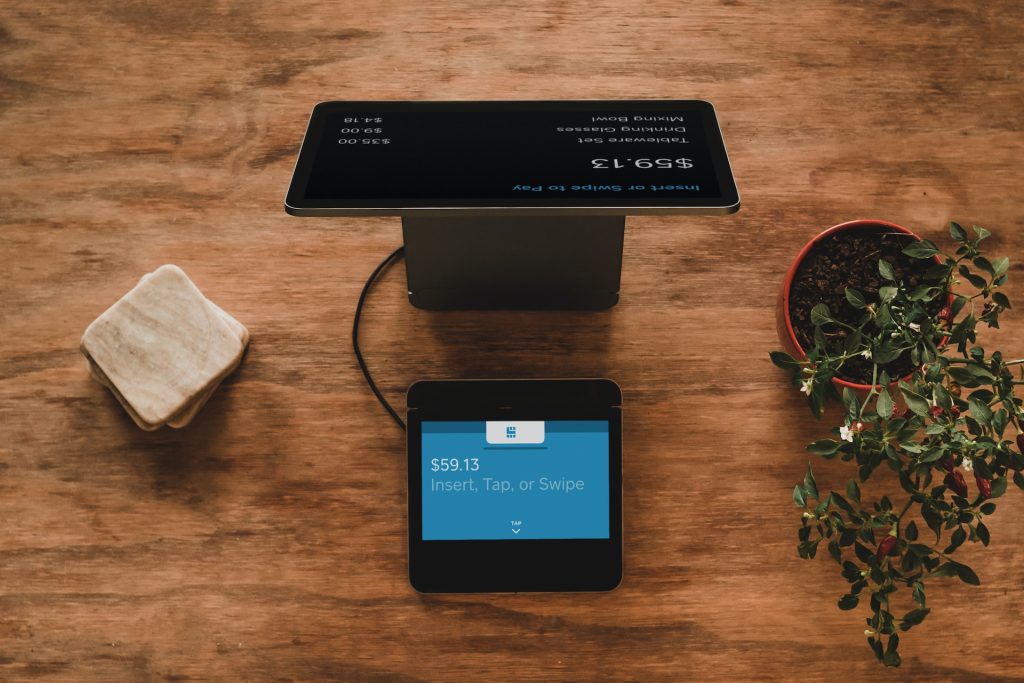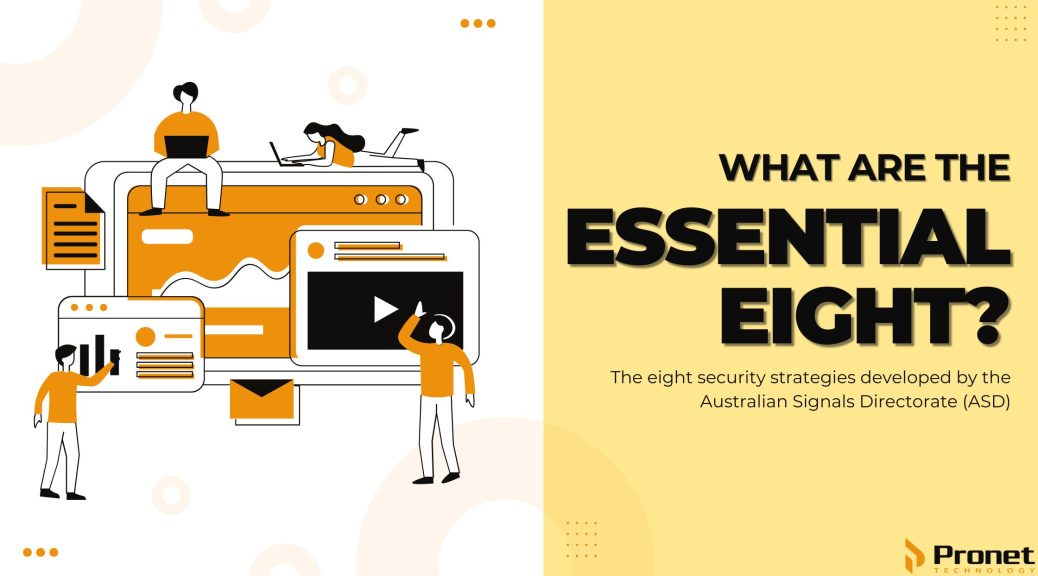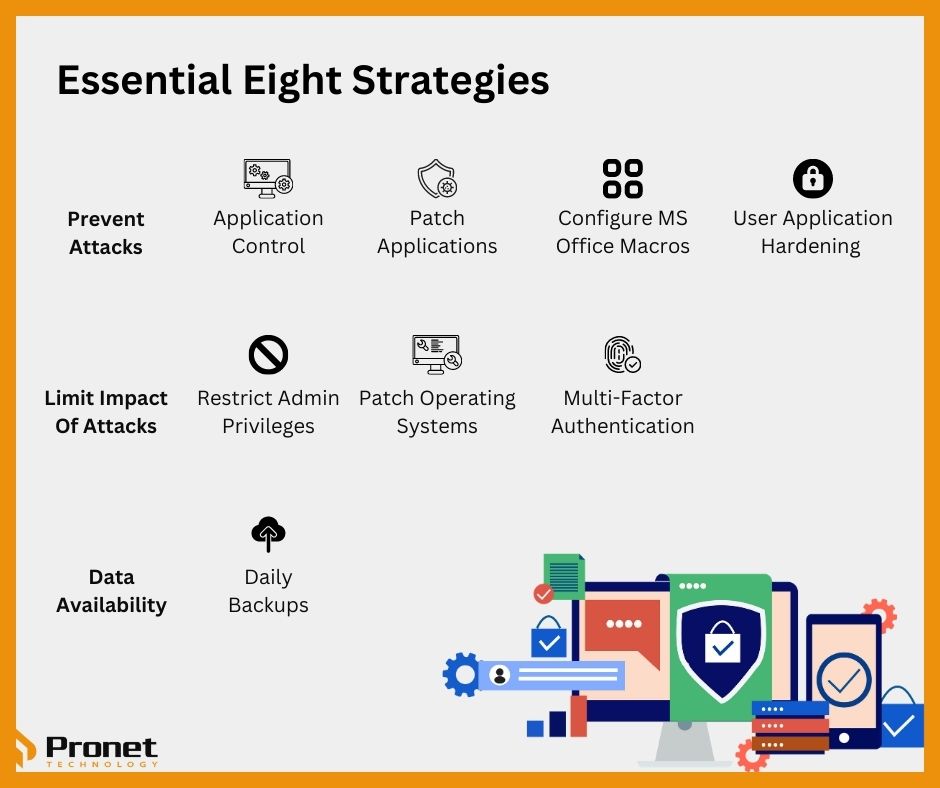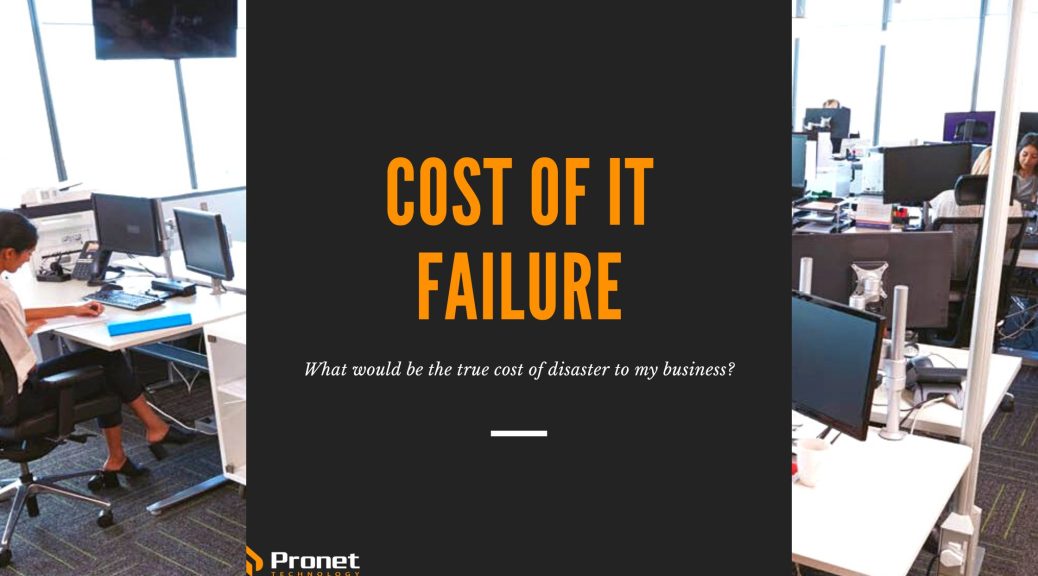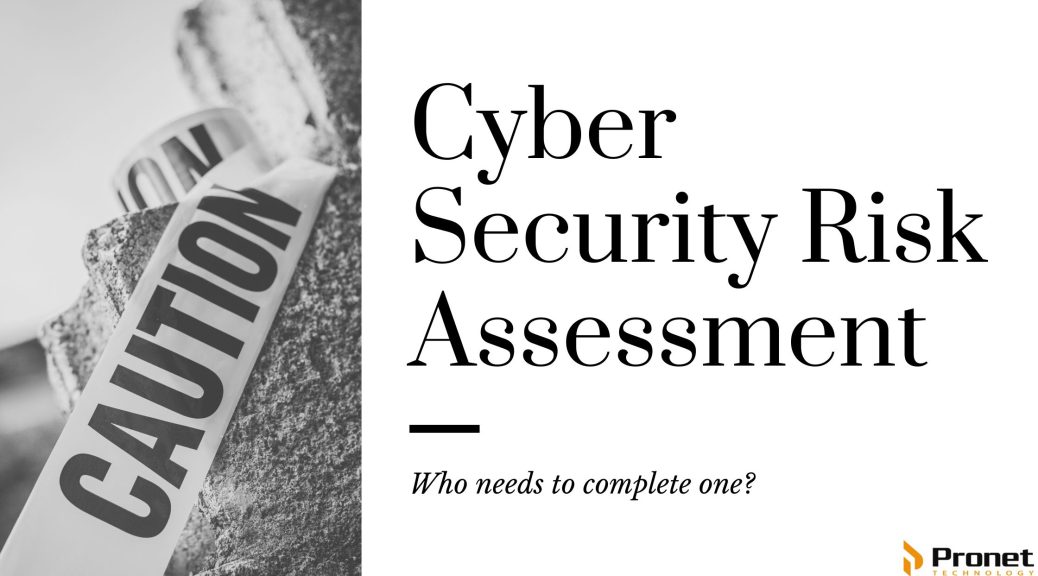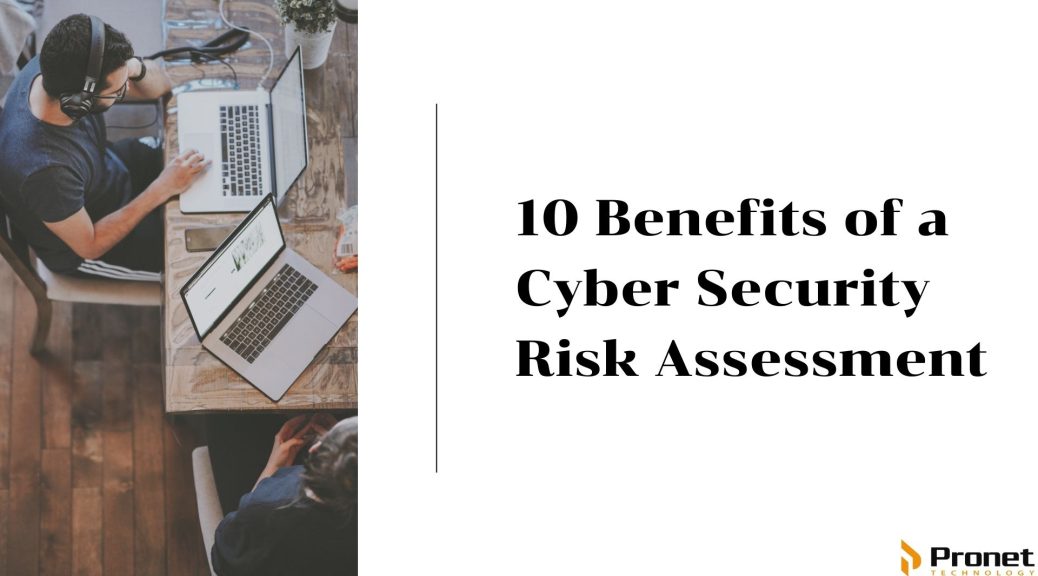Why changing your IT service provider is stressful

For a business, IT is stressful, hence why they pawn the entirety of their systems to an IT service provider in the first place. Just the knowledge of that past stress and what changing providers could mean, even when the business is receiving fluctuating service, is enough to put most businesses off. We know as many of our new clients have told us that they wished they’d transitioned sooner (2 or 3 years). It was just the time and trouble of changing that put them off. Once you’ve chosen a new managed service provider (MSP), the actual transition is incredibly fast and seamless, usually taking a few days to a few weeks and with no downtime to your staff.
There are several reasons why companies may wait a long time before changing MSP:
- Fear of disruption: Companies may be hesitant to switch MSPs because they fear that the transition process will be disruptive and could result in downtime or other issues. They may also be concerned about the potential for data loss or security breaches during the transition.
- Contract obligations: Many MSP contracts have specific terms and conditions, including minimum contract lengths and penalties for early termination. Companies may be reluctant to pay these fees or may not want to risk damaging their relationship or loyalty with the current MSP.
- Lack of alternatives: In some cases, companies may feel that they don’t have any viable alternatives to their current MSP. They may believe that no other providers can offer the same level of service, expertise or cost-effectiveness.
- Internal resistance: Changing MSPs can be a complex and time-consuming process that requires buy-in from various stakeholders within the organisation. If there is resistance from key decision-makers or IT staff, the process may be delayed or postponed indefinitely.
- Lack of awareness: Some companies may simply be unaware of the benefits of switching MSPs. They may not realise that other providers offer better service, pricing or technology, or they may not understand the true cost of staying with their current MSP.

Tips for a hassle and stress-free switch
- Take your time to research and gather testimonials of different MSPs. Sit down and have a chat with them to make sure they are covering your needs without pushing impulsive features on you to force you to pay more. A great managed service provider will ensure the transition is seamless, is not disruptive to your business and is stress-free.
- Document all the problems and positives of your current MSP so that when you go to them to end the contract, you have grounds to stand on for wanting the change, as well as positives to say thank you to them for.
- Take control of the change where you can and communicate with your MSP throughout the journey to ensure they are doing or implementing what they promised. Make sure they provide you with a plan so that you know exactly how they will manage the transition so your business operations are not affected.
During the proposal and initial assessment stage, you still have time to opt out of using the MSP. What’s beneficial in this stage is that the MSP will give you a fresh perspective on your IT systems and what’s normal in outsourced IT services. Since you’re at the point of wanting to switch IT service providers, this reaffirms your previous thoughts of wanting to switch as now you can actually see where your current MSP has not been providing you with the level of service or benefits you need. Similarly, a comprehensive audit of your IT systems by a different MSP can identify flaws and inefficiencies that your current MSP has been ignoring.
We never advocate switching MSPs for cheaper prices, but if a different MSP is offering better services than your current MSP at a similar price — managed IT services will generally be similar anyway — this means your budget goes further. You should always receive a return on your investment in your business.
Many businesses refrain from switching IT service providers too hastily due to perceived hassles with the switch and while risk management is essential for businesses, being too wary and worried can be detrimental to your business if the quality of your current IT service is not up to scratch. Remember, change can be positive.
Choosing a reputable and professional MSP mitigates these stresses and risks. Do your research and when receiving proposals and during the initial assessment stage, you will generally be able to gain a feel for the type of relationship you will have with the MSP in the long run. Like you, an MSP doesn’t want to be coming and going from a client’s systems, so they will do everything they can to maintain a great relationship with your business, as that’s what keeps them clients.

Why change can be stressful for business
Change is normal in life and for business to grow, your business needs to be prepared to take on change. When you’re unsure of the change, it comes down to the resources you have to cope with the stressful situation, i.e., the MSP transition. By doing your research and going through the first few stages with a prospective MSP, talking to them in person, having them assess your systems, and hearing their recommendations and how they can help you, this can significantly reduce the stress from changing IT providers.
In reality, stress and change all come down to psychology and perception towards the change. Learn everything you can about the MSP, do your research, contact testimonials of the MSP and read blog posts on their website to see if they have a diverse array of knowledge of the IT industry. Do what you need to feel comfortable with your prospective MSP and while you might keep telling yourself you don’t have time for this, it is a necessary step, especially if you’re becoming increasingly frustrated with your current provider.
Overall, changing MSPs can be daunting, but in many cases, it can result in significant improvements in service, technology and cost-effectiveness and can be incredibly beneficial to your business in the long run. Companies should carefully evaluate their options and consider the long-term benefits of switching MSPs.
If you need guidance about any step of the process and would like to learn about how Pronet Technology can help both manage your IT systems and improve your business’ Cyber Security measures, give us a quick call and we’ll have a chat!

